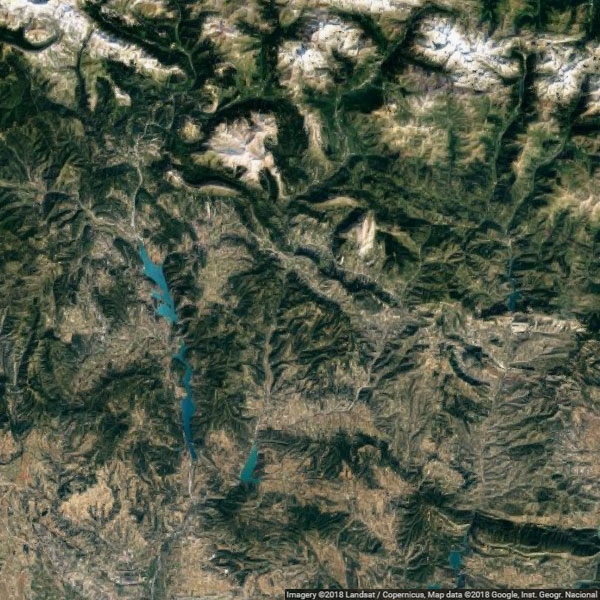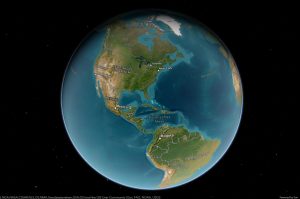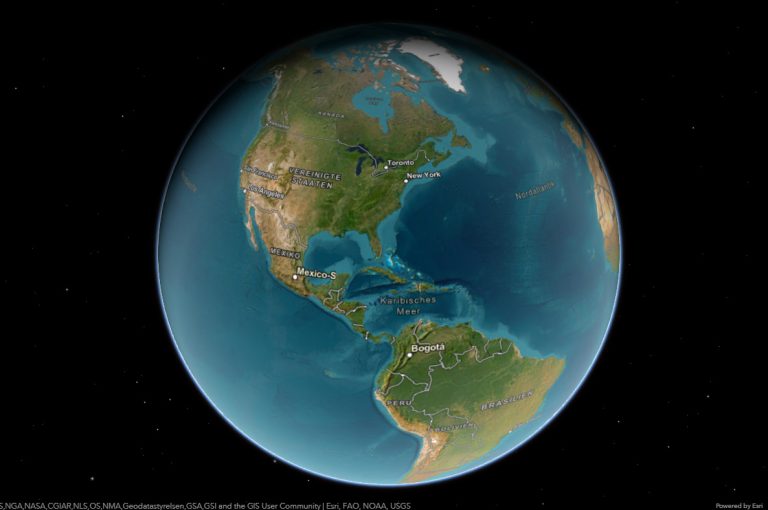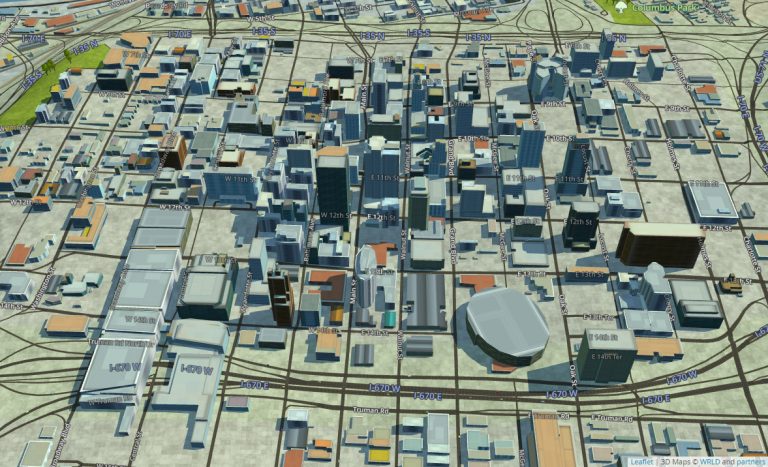- Madrid
- Barcelona
- Valencia
- Seville
- Zaragoza
- Málaga
- Murcia
- Palma
- Las Palmas
- Bilbao
- Andalusia
- Catalonia
- Community of Madrid
- Valencian Community
- Galicia
- Castile and León
- Basque Country
- Castilla-La Mancha
- Canary Islands
- Region of Murcia
- Aragon
- Extremadura
- Balearic Islands
- Asturias
- Navarre
- Cantabria
- La Rioja
- Ceuta
- Melilla
- Tenerife
- Mallorca
- Gran Canaria
- Lanzarote
- Fuerteventura
- Menorca
- La Palma
- La Gomera
- Formentera
- El Hierro
- Illa de Arousa
- La Graciosa
- Isla de Tabarca
- Ons – Island
- Isla de La Toja
- Isla de Buda
- Islas Cíes
- Charles V palace in Alhambra
- Burgos Cathedral
- Historic centre of Córdoba
- Monastery of El Escorial
- Park Güell
- Cave of Altamira
- Cave of El Castillo
- Monuments of Oviedo
- Old Town of Segovia
- Santiago de Compostela
- Garajonay National Park
- Cathedral of Seville
- Poblet Monastery
- Royal Monastery of Santa María de Guadalupe
- Doñana National Park
- Historic Walled Town of Cuenca
- Silk Exchange of Valencia
- Las Médulas
- Palau de la Música Catalana
- Hospital de Sant Pau
- Pirineos – Monte Perdido
- San Millán Yuso
- Prehistoric Rock Art Sites in the Côa Valley
- University of Alcalá de Henares
- Ibiza
- San Cristóbal de La Laguna
- Archaeological Site of Atapuerca
- Churches of the Vall de Boí
- Palmeral of Elche
- Roman Walls of Lugo
- Aranjuez
- Vizcaya Bridge
- Teide National Park
- Tower of Hercules
- Serra de Tramuntana
- Antequera Dolmens Site
- Caliphate City of Medina Azahara
- Pyrenees
- Cantabrian Range
- Iberian System
- Central System – Spain
- Montes de Toledo
- Sierra Morena
- Baetic Mountains
- Sierra Nevada
- Tagus
- Ebro River
- Guadiana
- Douro
- Guadalquivir
- Júcar
- Segura River
- Turia
- Minho River
- Barcelona – Camp Nou
- Real Madrid – Santiago Bernabéu
- Atlético Madrid – Wanda Metropolitano
- Real Betis – Benito Villamarín
- Valencia – Mestalla
- Athletic Bilbao – San Mamés
- Seville – Ramón Sánchez Pizjuán
- Espanyol – RCDE Stadium
- Celta Vigo – Balaídos
- Valladolid – José Zorrilla
- Levante – Ciutat de València
- Real Sociedad – Anoeta
- Villarreal – Estadio de la Cerámica
- Alavés – Mendizorrotza
- Getafe – Coliseum Alfonso Pérez
- Rayo Vallecano -Vallecas
- Girona – Montilivi
- Leganés – Butarque
- Huesca – El Alcoraz
- Eibar – Ipurua
Map of Spain, Europe

The Kingdom of Spain is a country located in southwest Europe. It is located on the Iberian Peninsula, where Portugal, Gibraltar and Andorra are. To the northeast, on the ridge of the Pyrenees mountains, is the border with France and the small principality of Andorra. The coast of Morocco is only 14 km south of Spain. Spain is the Balearic Islands in the Mediterranean Sea, the Canary Islands in the Atlantic Ocean, the cities of Ceuta and Melilla in North Africa, as well as many uninhabited islands on the Mediterranean side of the Strait of Gibraltar, for example Islas Chafarinas Islands, the rocks of Veles and Alhusemas, as well as the small island of Alborán.
With an area of 504 645 km², Spain is the fourth largest country in Europe after Russia, Ukraine and France and the second in the European Union. With an average altitude of 650 m, the country is one of the most mountainous countries on the continent. According to the information from the municipal registrations of 2010, the population of Spain is 47 150 841. The Constitution of Spain defines the Spanish language (Castilian) as the official language that all citizens must know and use. Spanish is the mother tongue for 89% of the country’s population. Other Spanish languages have a formal status in some autonomous regions.
The interior of Spain is dominated by the large plateau Meseta, which occupies nearly 60% of the entire territory of the country. From the north of the Mesetata rise the Kantabrijskite mountains, to the east are located the Pyrenees, the Iberian mountains, the Catalan mountains, to the south-the Andalusian mountains and the Sierra Nevada with the highest peak in mainland Spain, Mulasen – 3478 m. Mesetata is divided into Two almost equal parts of the srednovisokata of Castile, which extend from the west to the Portuguese border to the Iberian mountains to the east. South of the central plateau is the depression of the Guadalquivir River and the northeast of Ebro. In the Canary Islands there are a number of volcanoes, some of which are operating, including the highest peak in Spain, Teide with 3718 m.
The five longest rivers in Spain are Tahoe, Duero, Guadiana, Guadalquivir and Ebro, all without Ebro running from east to west and flowing into the Atlantic Ocean.
The territory of Spain falls within three climatic zones – temperate, subtropical and tropic. The climate in northern Spain is temperate marine, with a marked influence of the Atlantic Ocean, which weakens from west to east. Typical for this climate is the humid weather all year round. In the rest of mainland Spain and the Balearic Islands the climate is subtropical – continental in central regions with hot summers, cold winters and large temperature amplitudes and Mediterranean to the South, featuring a dry and hot summer and moist soft Winter. In the high parts of the Pyrenees and the other mountains the climate is mountainous. In the Canary Islands The climate is tropical, dry to the east and with greater humidity in the West.
Political Spain is divided into 17 autonomous regions – to the north – Galicia, Asturias, Cantabria, Pais Basko, La Rioja and Navarre; To the east – Aragon, Catalonia, Valencia and the Balearic Islands; In the central part – Castile and Leon, Madrid, Castilla-La Mancha and Extremadura; To the South – Andalusia, Murcia and the Canary Islands. In addition, there are two autonomous cities on the African coast, Ceuta and Melilla. The current autonomous regions were formed in 1983, the largest region of the Territory is Castile and Leon, and the smallest – the Balearic Islands. With the most population is Andalusia, and with at least it is La Rioja.
The largest cities in Spain are Madrid, Barcelona, Valencia, Seville, Zaragoza, Malaga, Murcia, Palma de Mallorca, Las Palmas de Gran Canaria and Bilbao.






